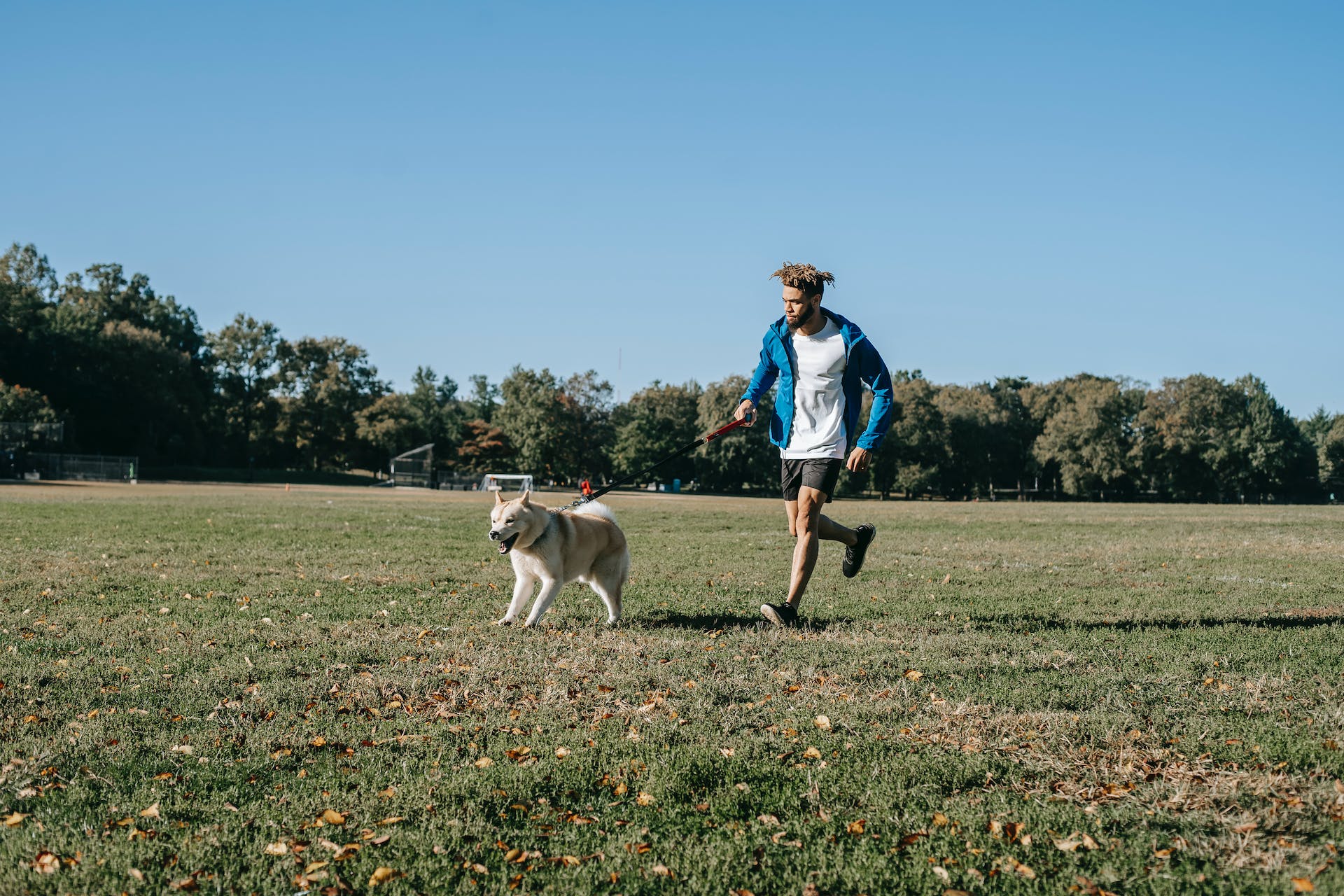Spreading Joy: The Ins and Outs of Therapy Dog Certification
 Pexels | Helena Lopes
Pexels | Helena Lopes When it comes to spreading joy and providing comfort, therapy dogs are unparalleled. Their ability to bring solace and happiness to various settings like hospitals, schools, and nursing homes makes them invaluable companions. However, becoming a certified therapy dog isn’t just about having a friendly canine; it involves a process that ensures these furry ambassadors are well-trained and suitable to provide emotional support. Here, we’ll explore the ins and outs of therapy dog certification and the best therapy dog breeds suited for this role.
The Basics of Therapy Dog Certification- Temperament Assessment: To qualify as the best therapy dog breeds, dogs undergo a temperament evaluation, displaying traits like calmness, friendliness, and adaptability to different environments.
- Obedience Training: A crucial aspect of therapy dog certification involves basic obedience training, including commands such as sit, stay, come, and walking on a leash without pulling.
- Behavioral Evaluation: Dogs seeking therapy dog certification must exhibit consistent and predictable behavior, interact well with strangers, remain composed in varied situations, and handle distractions effectively.
- Health Check: Best therapy dog breeds maintain good health, requiring regular vet check-ups and up-to-date vaccinations to ensure they’re free from contagious diseases.
- Training Programs: Several organizations offer training programs specifically designed for dogs aiming to become certified therapy dogs. These programs focus on obedience, socialization, and desensitization to different stimuli.
- Handler Training: Handlers play a significant role and must understand how to manage their dog’s interactions, read their stress signals, and maintain professionalism in diverse settings.
- Volunteer Hours: After completing training, the dog and handler accumulate volunteer hours in real therapy situations, honing their skills and adapting to various environments.
- Testing and Assessment: Certified evaluators conduct assessments to gauge the dog’s behavior, response to commands, and ability to remain calm and friendly in diverse settings.
 Pexels | Zen Chung
Pexels | Zen Chung - Emotional Support: Best therapy dog breeds provide emotional comfort, reducing stress and anxiety for individuals they interact with.
- Social Interaction: They encourage socialization, particularly among withdrawn individuals, fostering a sense of connection and belonging.
- Physical Benefits: Studies show that interacting with therapy dogs can lower blood pressure, improve mood, and reduce pain perception.
- Community Engagement: Certified therapy dog teams become active members of their communities, offering their services to various institutions and events.
Aspiring handlers must choose a certification path aligned with their dog’s temperament and the specific needs of their desired settings. Organizations like Therapy Dogs International (TDI), Alliance of Therapy Dogs (ATD), and Pet Partners offer certification programs and resources guiding handlers through the process.
ConclusionBecoming a certified therapy dog team is a rewarding journey that demands dedication and a special bond between the dog and the handler. Once certified, the best therapy dog breeds spread joy, comfort, and healing, leaving lasting paw prints on the hearts they touch. Their presence showcases the extraordinary impact dogs have on enhancing human well-being and spreading unconditional love through therapy dog certification and service dog certification programs.



























































